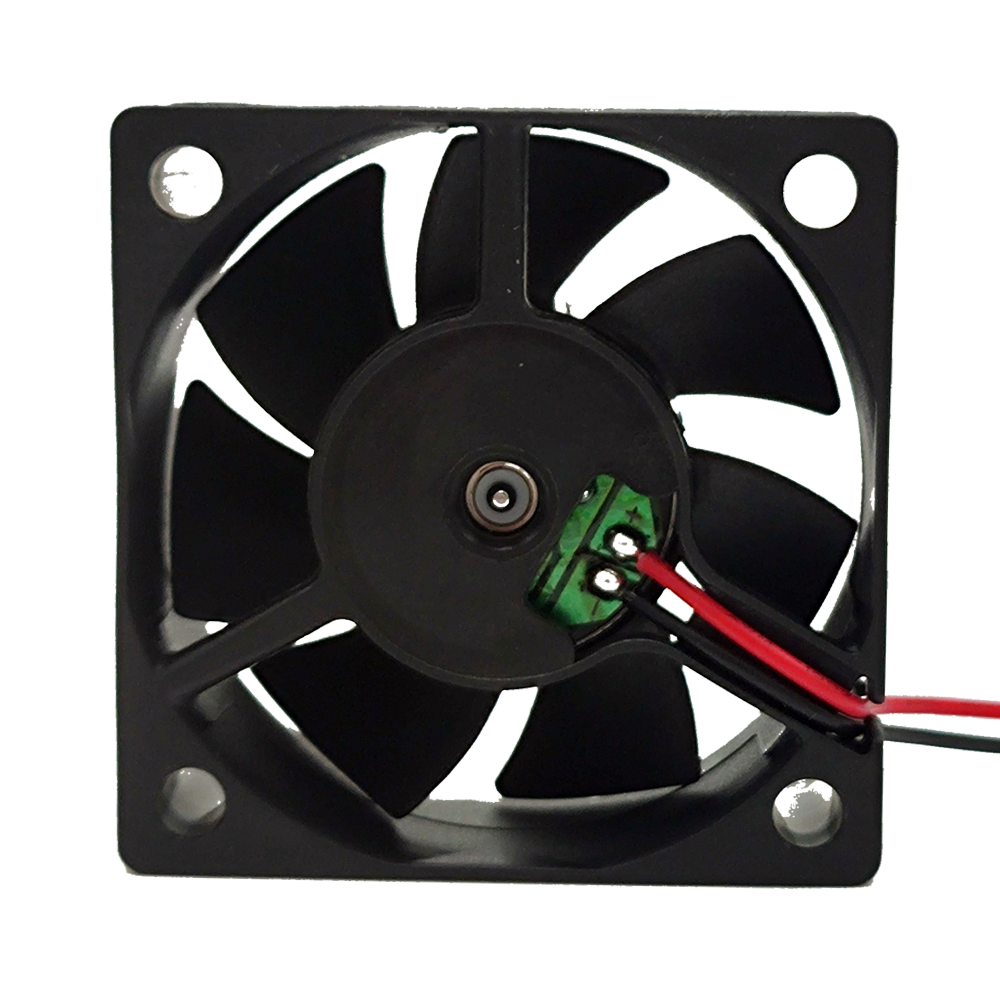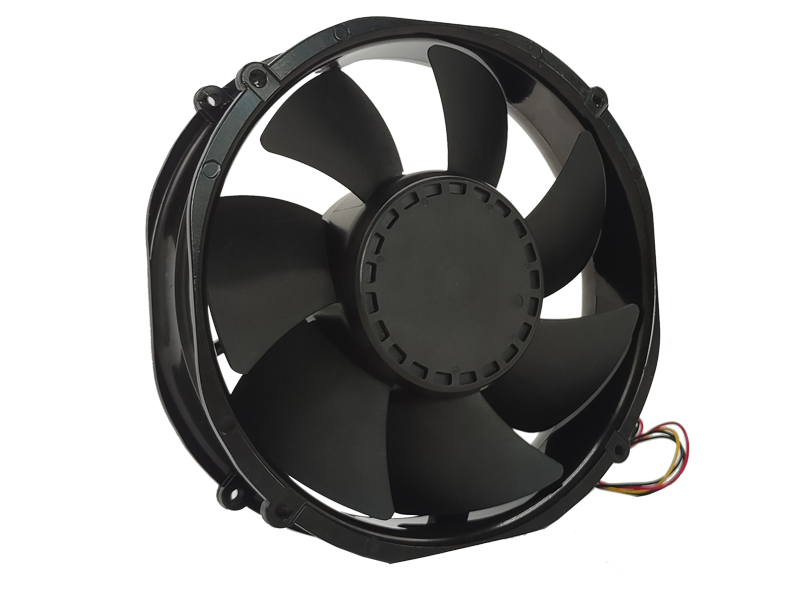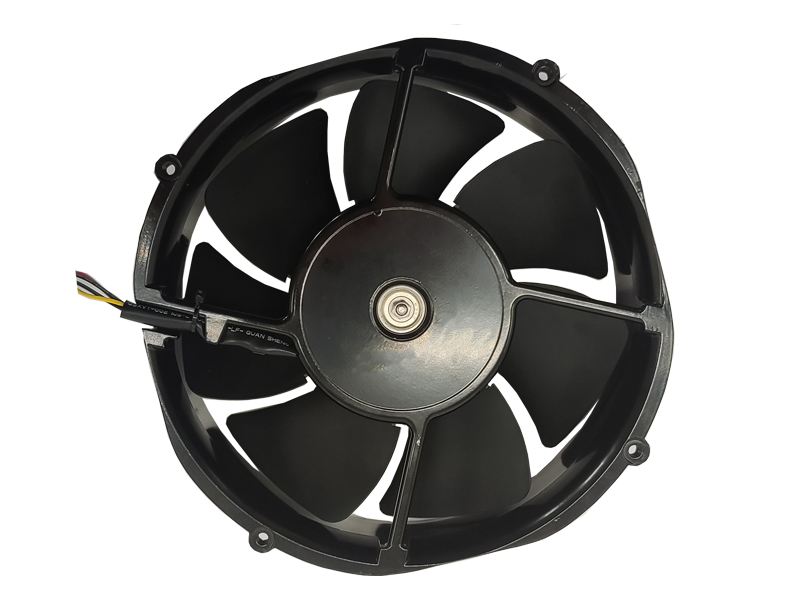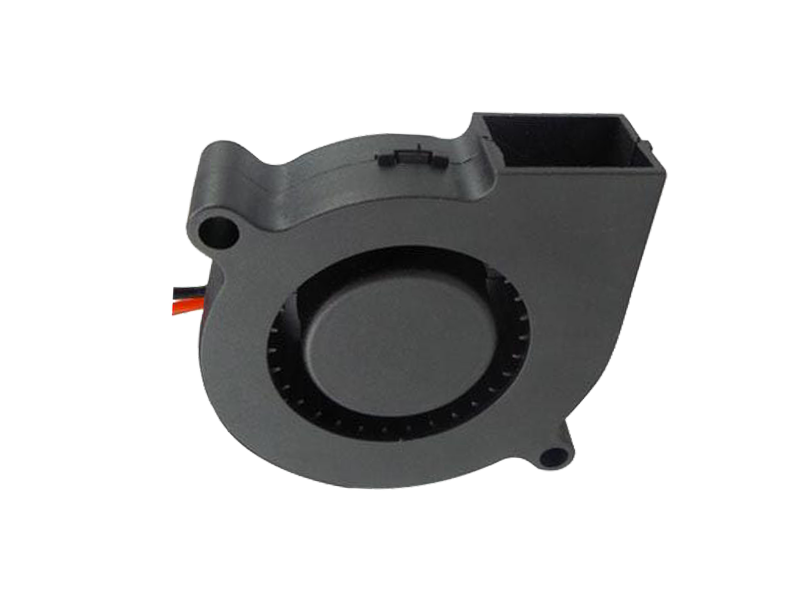Industrial fans play a pivotal role in maintaining the optimal functioning of a variety of industrial processes. These versatile tools are crucial in environments where temperature control is paramount to ensuring efficient production and employee safety. From air circulation to dust removal, industrial fans are indispensable in a range of industries, including manufacturing, food processing, automotive, and pharmaceuticals. In this article, we explore how industrial fans contribute to manufacturing efficiency and why their design is critical to product performance.
1. The Importance of Industrial Fans in Manufacturing
In manufacturing environments, industrial fans serve a variety of functions that go beyond simply providing cooling. They are vital for maintaining air quality, regulating temperature, and improving overall ventilation. Effective temperature control can improve worker productivity by preventing heat stress, while also reducing the risk of equipment malfunctions caused by overheating. As industrial machines generate heat, fans help maintain a comfortable and safe environment by circulating cooler air and removing hot air.
Moreover, the airflow created by industrial fans helps to improve air quality by circulating fresh air and removing dust and fumes. This is particularly critical in environments where workers may be exposed to hazardous substances or airborne contaminants. Industrial fans also help to maintain the proper humidity levels within the facility, ensuring the ideal conditions for various manufacturing processes.
2. Types of Industrial Fans for Different Manufacturing Needs
There are several types of industrial fans that are designed for different purposes in manufacturing environments. Understanding the distinctions between them is essential when selecting the right fan for a particular application.
High-Volume Low-Speed (HVLS) Fans
High-Volume Low-Speed fans are large-diameter fans that operate at low speeds but generate a high volume of airflow. These fans are typically used in large facilities such as warehouses, factories, and assembly lines. By moving large quantities of air with minimal energy consumption, HVLS fans can help cool large open spaces efficiently without creating drafts or uncomfortable airflow.
Exhaust Fans
Exhaust fans are another essential tool in industrial settings. These fans are designed to expel hot air, fumes, and dust particles from the workspace, ensuring that the indoor air quality is maintained. They are often used in applications where heat, chemical fumes, or airborne particulates are present, such as in automotive shops, chemical plants, or manufacturing plants that deal with hazardous materials.
Box Fans and Wall Fans
Box fans and wall fans are compact and versatile options that provide localized cooling. They are commonly used to enhance air circulation in specific areas, such as near workstations or around machinery that generates excess heat. Box fans can be moved around easily, offering flexibility when cooling specific zones, while wall fans are fixed in place and typically used in areas where space is limited.
Air Curtain Fans
Air curtain fans are often used at entryways, doors, or windows to maintain a barrier of air that helps prevent the entry of dust, dirt, or insects into the facility. By creating a wall of air, they can effectively segregate different zones within a building, providing temperature control and keeping the environment clean and safe.
3. Key Considerations for Selecting Industrial Fans
When designing industrial systems, selecting the right type of fan is crucial for optimal performance. Below are the key considerations manufacturers must take into account when choosing industrial fans.
Airflow Requirements
The most important consideration when selecting an industrial fan is the required airflow. Airflow capacity is typically measured in cubic feet per minute (CFM), and it determines how much air the fan can move. In environments that generate excessive heat, high airflow fans may be required to expel hot air and circulate cool air effectively. It is important to assess the total airflow requirements to ensure that the fan selected is capable of handling the demands of the facility.
Efficiency
Energy efficiency is a growing concern in all industries. Industrial fans can consume a significant amount of electricity, especially when running for long periods. To reduce operating costs and environmental impact, selecting energy-efficient fans with high-performance motors and advanced aerodynamic designs is important. Variable-speed fans can also help optimize energy use by adjusting the airflow based on real-time requirements.
Durability and Maintenance
Industrial fans operate in challenging environments, often exposed to high temperatures, dust, moisture, and other elements. It is essential to select fans made from durable, corrosion-resistant materials such as stainless steel or coated metals. Additionally, fans should be easy to maintain with accessible components, such as filters and bearings, that can be cleaned or replaced without causing significant downtime.
4. Innovations in Industrial Fan Technology

As industries evolve, so do the technologies behind industrial fans. Manufacturers are continuously striving to enhance fan performance, reduce energy consumption, and improve the sustainability of their products. Some recent innovations include:
IoT-Enabled Fans
The integration of IoT technology into industrial fans allows for real-time monitoring and control. By connecting fans to a central system, manufacturers can track fan performance, temperature, humidity, and other key metrics. This data can be used for predictive maintenance, which helps identify potential issues before they result in system failure.
Smart Fans with Adaptive Speed Control
Smart fans with adaptive speed control can automatically adjust their speed based on changes in the environment. For example, if the temperature rises, the fan can increase its speed to enhance cooling. This adaptive technology ensures that energy is used efficiently, reducing waste and optimizing airflow.
5. Conclusion
Industrial fans are an integral part of manufacturing operations, providing essential cooling, ventilation, and air quality management. Choosing the right fan for each application ensures that manufacturing processes remain efficient and safe. As technology continues to improve, industrial fans will become even more energy-efficient, adaptable, and intelligent. By considering the specific needs of the environment and selecting the appropriate fan, manufacturers can create a comfortable, productive, and sustainable workspace.
Recommended Products

The main purpose:Car charging station

The main purpose:Car charging station

The main purpose:Electronic refrigerators, water dispensers, direct drinking machines, inverter power supplies
Address:No. 4137, Longgang Avenue (Henggang Section), Henggang Community, Henggang Street, Longgang District, Shenzhen
hotline:13530005572(Chen)15112579390(Li)


Welcome all friends to come for consultation and negotiation.
Copyright 2024 @ Shenzhen Youneng Xinyuan Electronics Co., Ltd.,(industrial fans,industrial blowers,axial fans,cooling fans manufacturer,centrifugal fans,ac cooling fans,dc cooling fans)